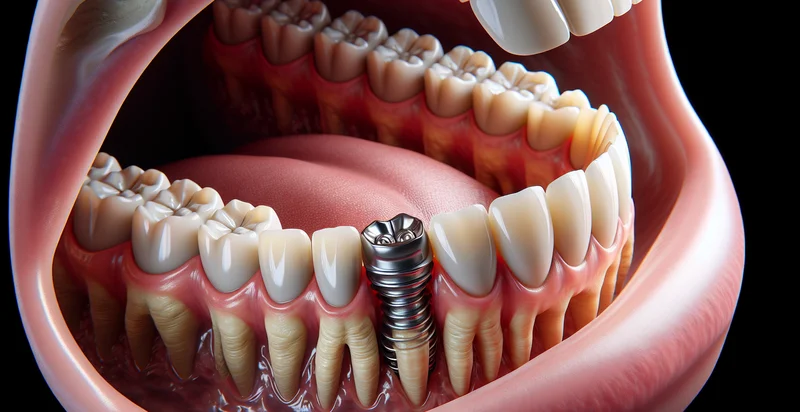Identify dental sealant status
using AI
Below is a free classifier to identify dental sealant status. Just upload your image, and our AI will predict if the dental sealant is present or absent - in just seconds.

Contact us for API access
Or, use Nyckel to build highly-accurate custom classifiers in just minutes. No PhD required.
Get started
import nyckel
credentials = nyckel.Credentials("YOUR_CLIENT_ID", "YOUR_CLIENT_SECRET")
nyckel.invoke("dental-sealant-status", "your_image_url", credentials)
fetch('https://www.nyckel.com/v1/functions/dental-sealant-status/invoke', {
method: 'POST',
headers: {
'Authorization': 'Bearer ' + 'YOUR_BEARER_TOKEN',
'Content-Type': 'application/json',
},
body: JSON.stringify(
{"data": "your_image_url"}
)
})
.then(response => response.json())
.then(data => console.log(data));
curl -X POST \
-H "Content-Type: application/json" \
-H "Authorization: Bearer YOUR_BEARER_TOKEN" \
-d '{"data": "your_image_url"}' \
https://www.nyckel.com/v1/functions/dental-sealant-status/invoke
How this classifier works
To start, upload your image. Our AI tool will then predict if the dental sealant is present or absent.
This pretrained image model uses a Nyckel-created dataset and has 2 labels, including Needs Sealing and Sealed.
We'll also show a confidence score (the higher the number, the more confident the AI model is around if the dental sealant is present or absent).
Whether you're just curious or building dental sealant status detection into your application, we hope our classifier proves helpful.
Related Classifiers
Need to identify dental sealant status at scale?
Get API or Zapier access to this classifier for free. It's perfect for:
- Patient Screening: Dental practices can use the dental sealant status identifier to screen patients for sealant presence and condition during routine check-ups. This helps in early identification of patients needing sealant repair or reapplication, ensuring timely intervention and reducing the risk of cavities.
- Treatment Planning: Dentists can leverage the classification function during treatment planning to assess the oral health status of patients. By understanding the sealant conditions, they can make informed decisions on necessary treatments, optimizing dental restoration procedures.
- Post-Operative Evaluation: After the application of dental sealants, practitioners can utilize the identifier to evaluate the effectiveness of the procedure. This ensures that sealants are intact and functioning appropriately, allowing for corrective action if necessary.
- Insurance Claims Validation: Insurance companies can incorporate the sealant status identifier in their claims processing to verify the presence and condition of dental sealants on patient records. This can minimize fraud, streamline claims, and ensure reimbursements are accurate based on the services provided.
- Patient Education: Dental professionals can use the classification results to educate patients about the status of their sealants. Providing clear visual information about their dental health encourages patients to adhere to recommended maintenance and improves overall oral hygiene practices.
- Quality Control in Dental Schools: Dental schools can implement the sealant status identifier to assess students’ performance in applying sealants as part of their practical training. This use case supports quality assurance in educational programs, ensuring students meet competency requirements before graduation.
- Research and Data Analysis: Researchers in dental health can utilize the identifier to analyze trends in sealant effectiveness across different demographics. This data can contribute to studies aimed at understanding the long-term benefits of sealants, ultimately influencing public health policies and dental practices.


